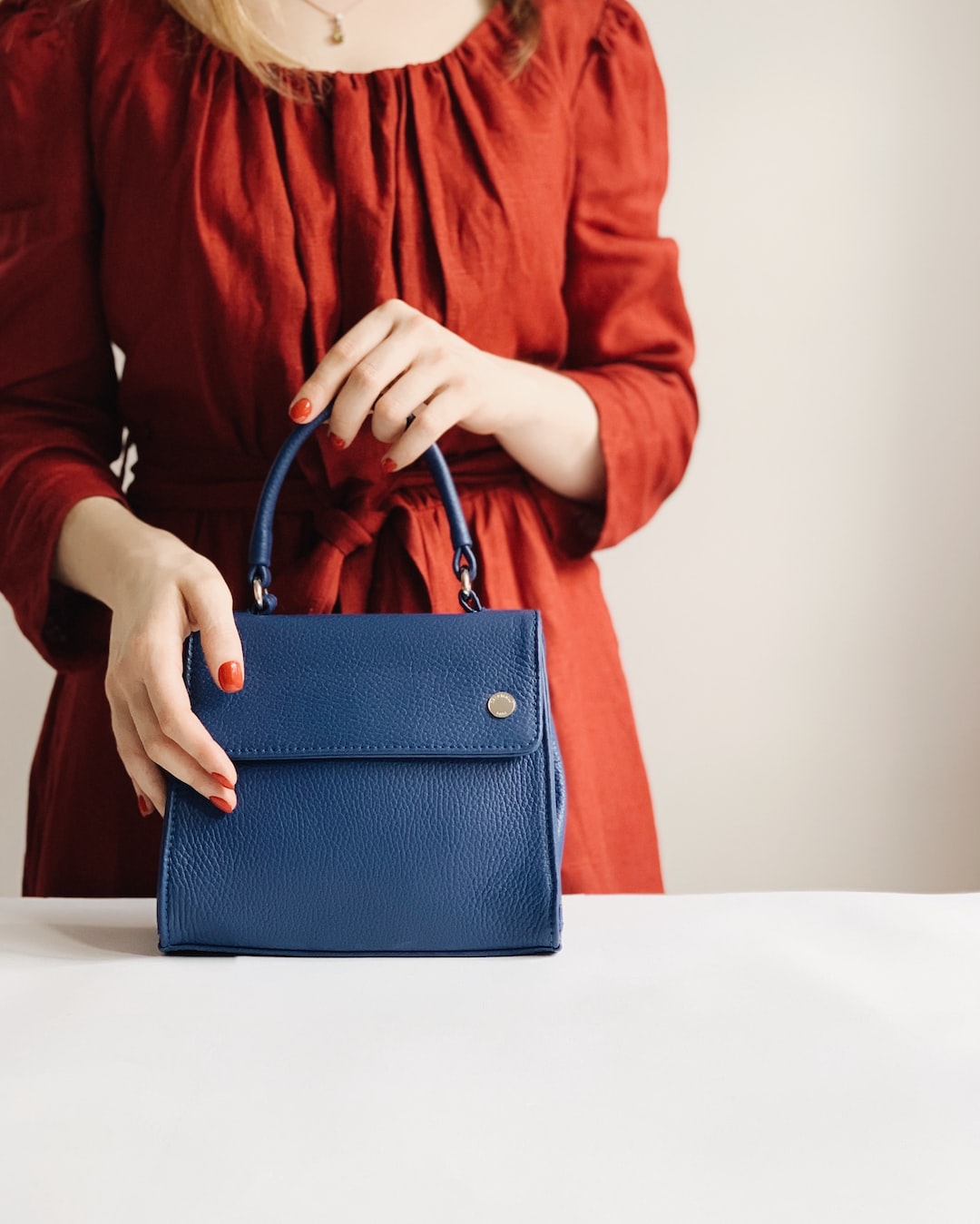The Psychology of Color: How to Use it to Your Advantage in Fashion
Colors play a vital role in our daily lives, from the clothes we wear to the products we buy. They have the power to evoke emotions, influence our mood, and even affect our behavior. The field of psychology recognizes this phenomenon as the psychology of color, and understanding its impact can be advantageous, especially in the fashion industry. In this blog post, we will explore the psychology of color and how you can use it to your advantage in fashion.
The color you choose to wear can have a significant impact on how others perceive you. Different colors convey different meanings and evoke specific emotions. For instance, red is often associated with power, passion, and excitement. If you want to make a bold statement, incorporating red into your outfit can help you convey confidence and assertiveness. On the other hand, blue is known for its calming effects. Wearing blue can make you appear more approachable and trustworthy. By understanding the emotions and messages associated with different colors, you can strategically choose your outfits to create the desired impression.
Another important aspect of the psychology of color is its impact on our mood. Have you ever noticed how wearing a certain color can uplift your spirits or make you feel more relaxed? This is because colors have the ability to stimulate our emotions and influence our state of mind. For example, yellow is commonly associated with happiness and optimism. Wearing yellow can help boost your mood and radiate positivity. On the flip side, wearing black may make you feel more serious and sophisticated. By selecting colors that align with the mood you want to project, you can harness the power of color to your advantage.
In addition to influencing our emotions, colors can also affect our behavior and perception of temperature. Warm colors such as red, orange, and yellow are associated with energy and warmth. They can make you feel more physically heated, making them ideal choices for colder seasons. On the other hand, cool colors like blue and green can create a sense of calmness and make you feel cooler, making them a great option for warmer weather. By incorporating the appropriate colors into your wardrobe, you can not only adapt to the temperature but also influence how others perceive your comfort level.
Understanding the psychological effects of color can also help you make informed decisions when it comes to branding and marketing in the fashion industry. For example, luxury brands often use black and gold to signify exclusivity and elegance. Sports brands, on the other hand, tend to use more vibrant colors like red and yellow to convey energy and performance. By aligning your brand’s color scheme with the desired message and target audience, you can create a strong and memorable brand identity.
In conclusion, the psychology of color is a fascinating aspect that can be advantageous when applied to fashion. By understanding the meanings and emotions associated with different colors, you can strategically use them to convey the desired impression, uplift your mood, and influence behavior. Whether it’s choosing the perfect outfit for an important occasion or creating a cohesive brand identity, incorporating the psychology of color into your fashion choices can help you maximize your impact and make a lasting impression.


